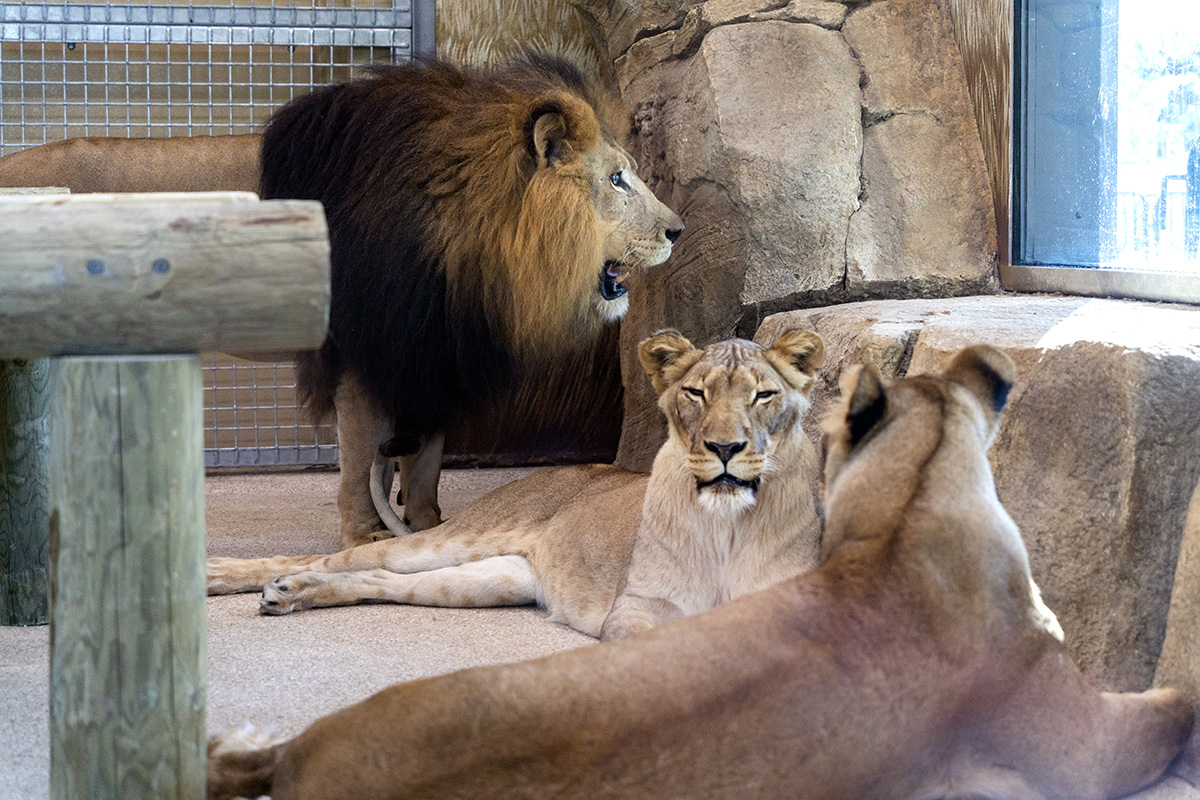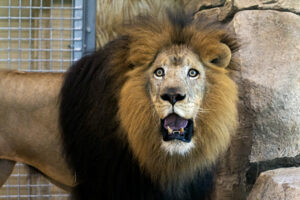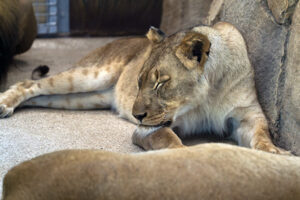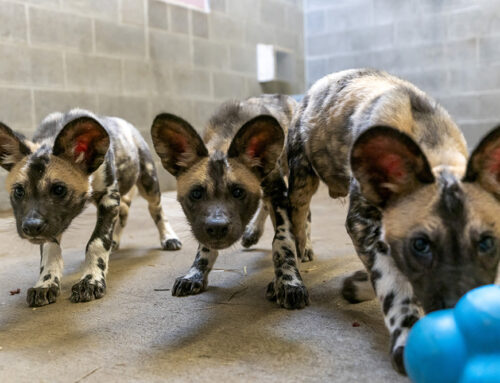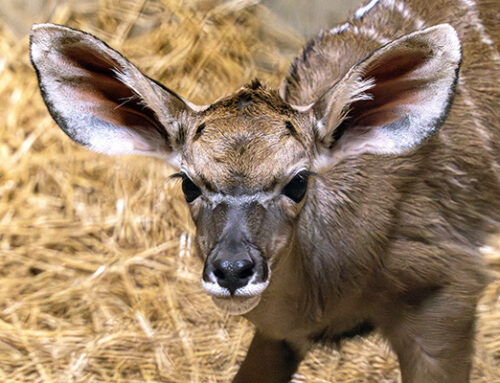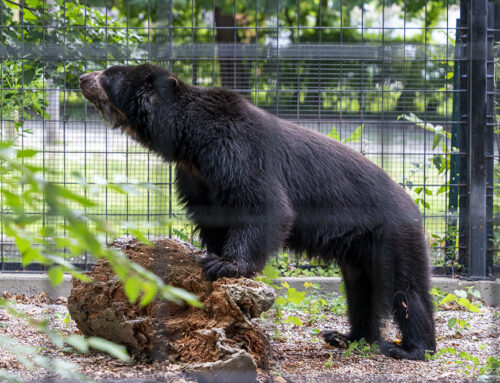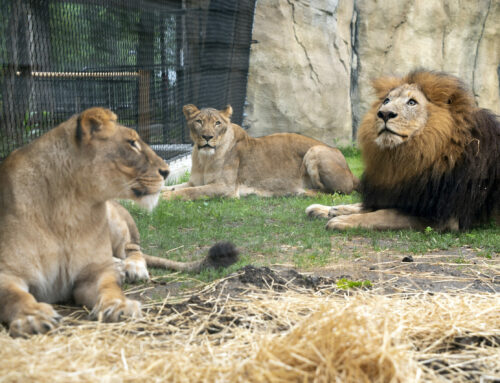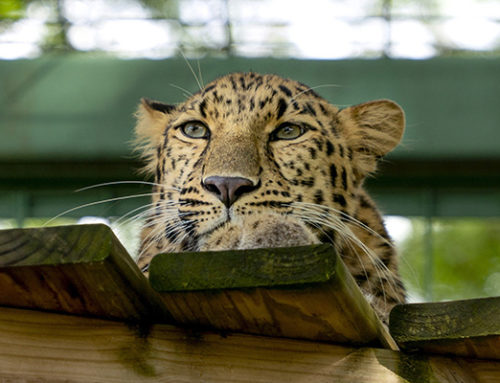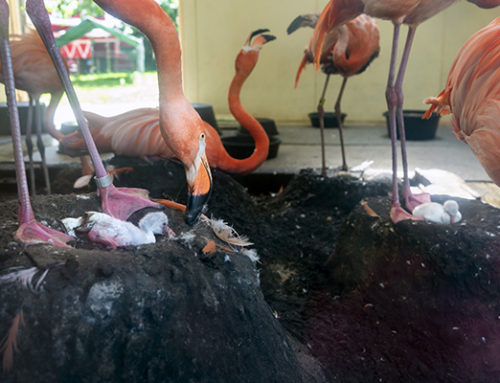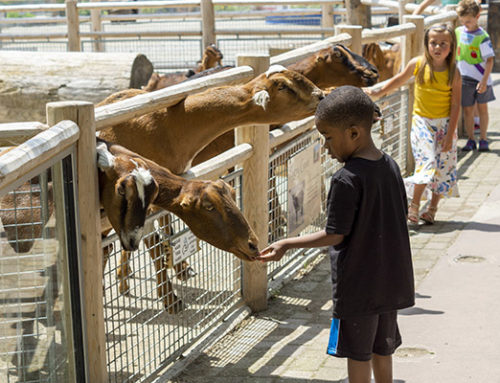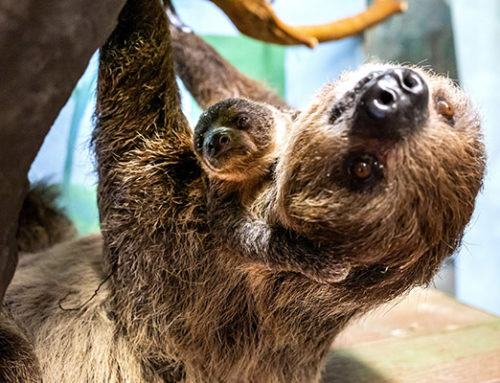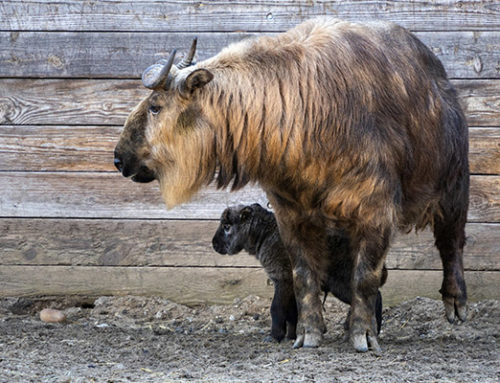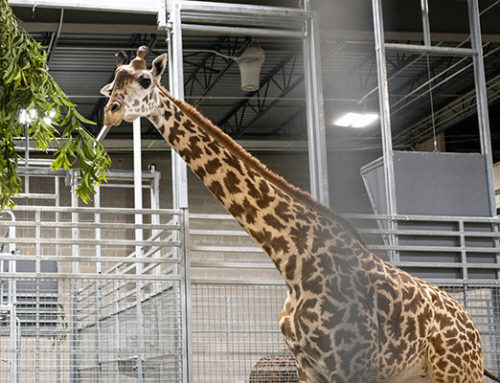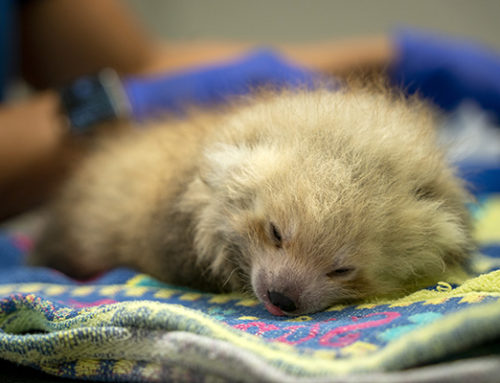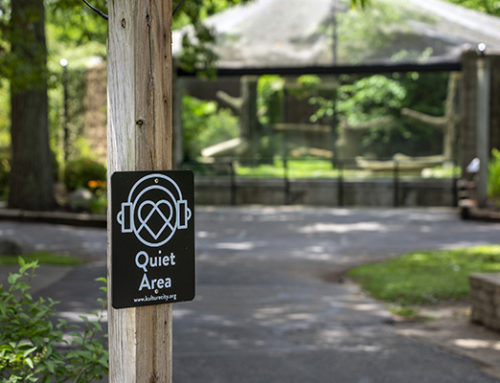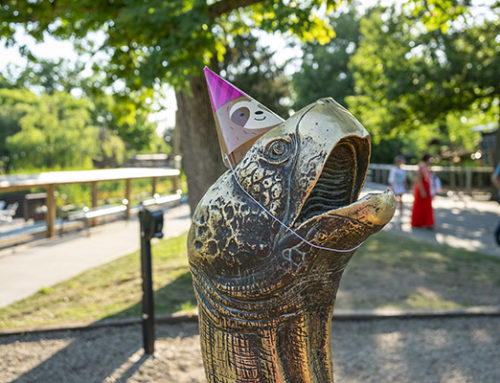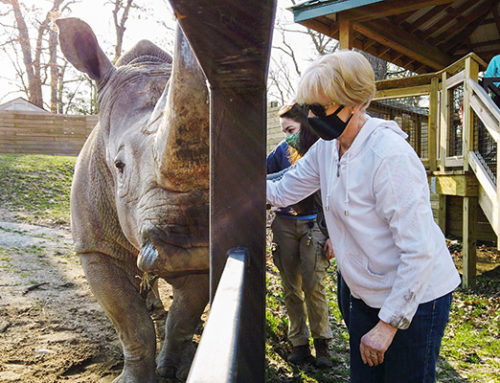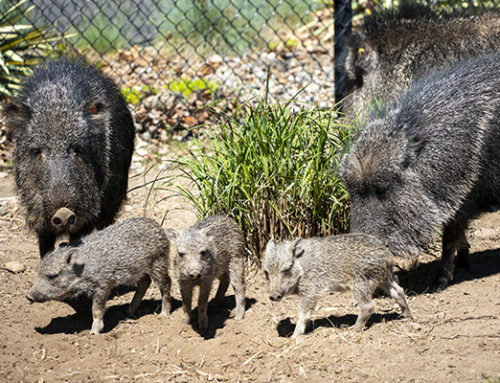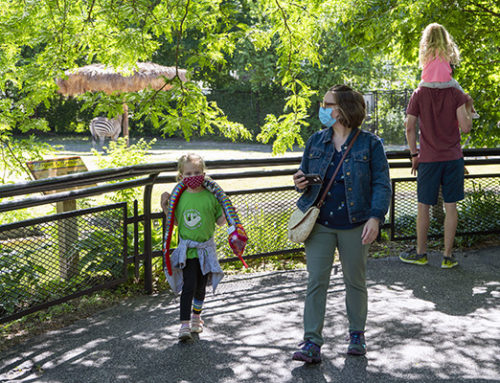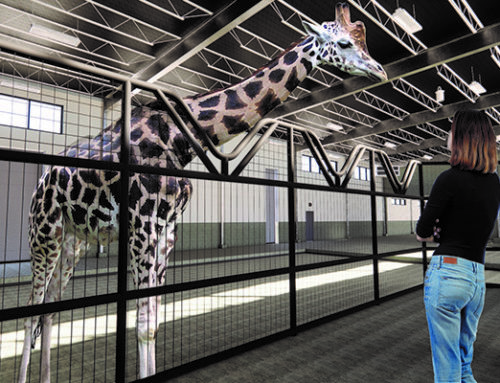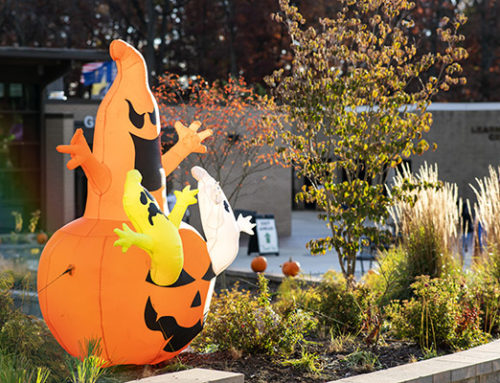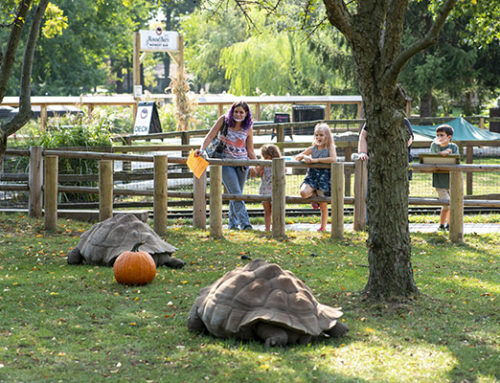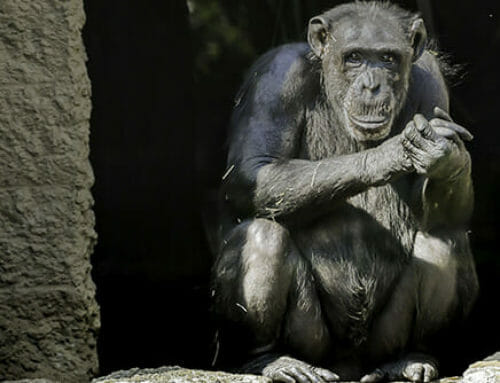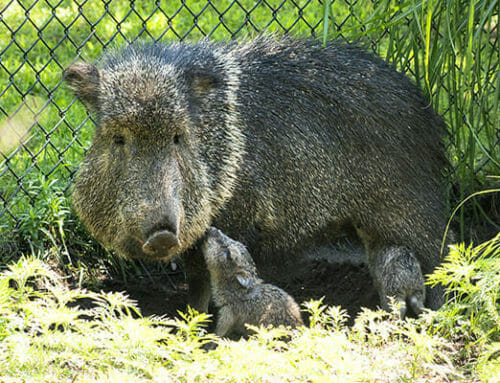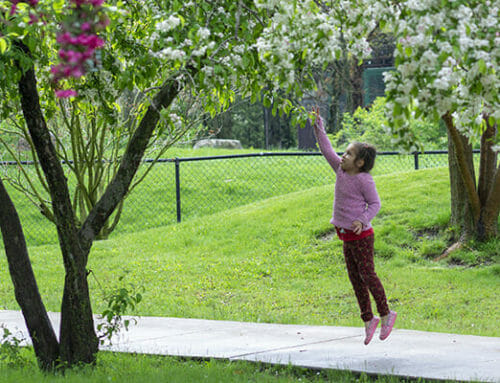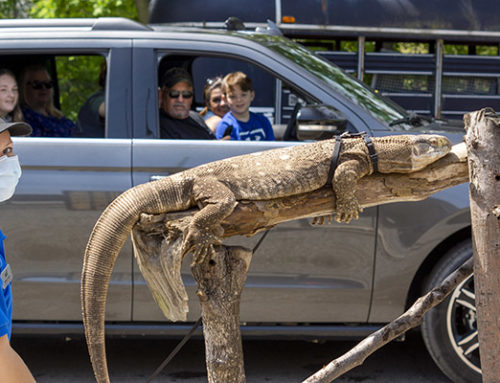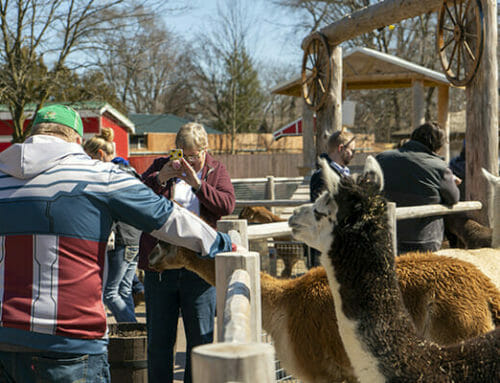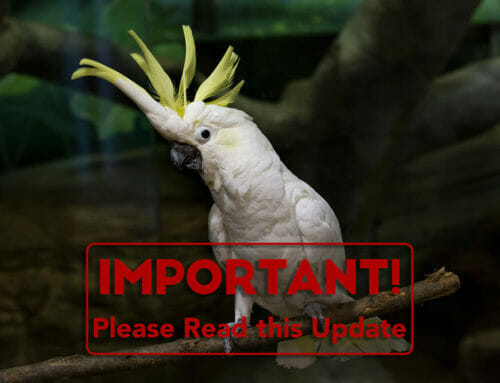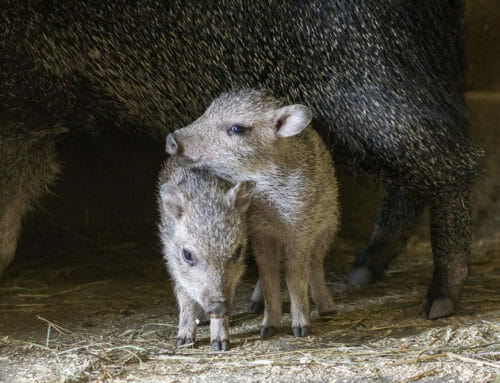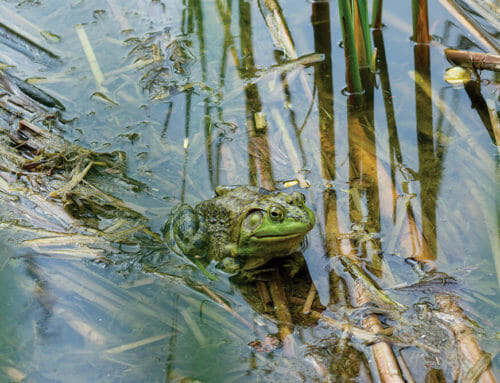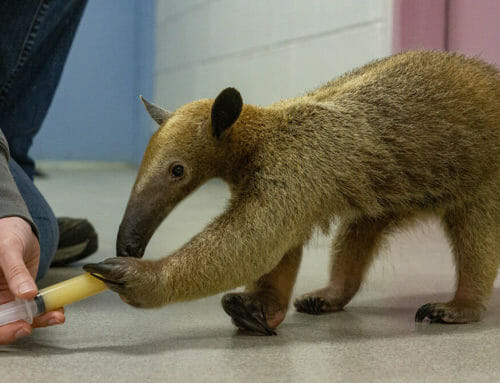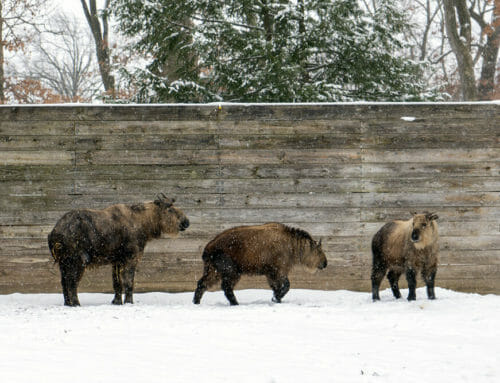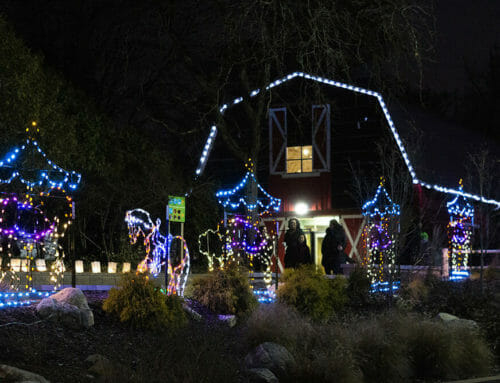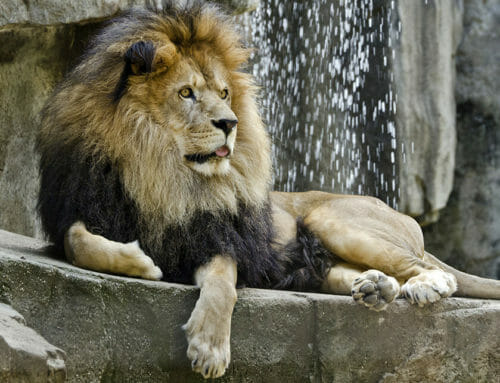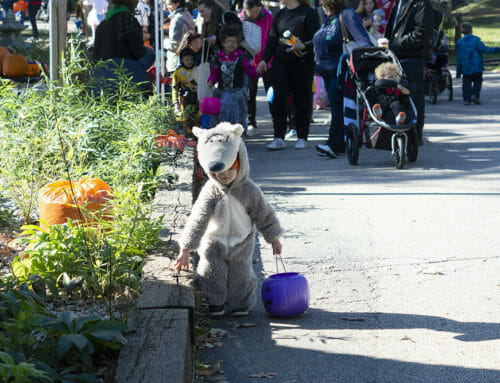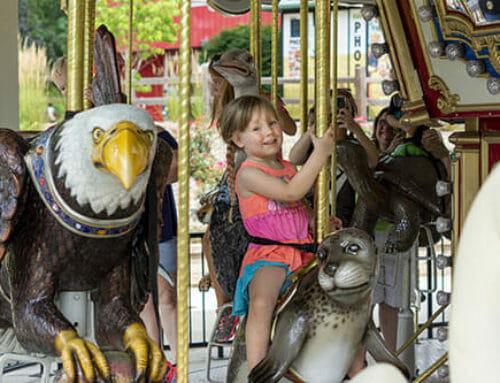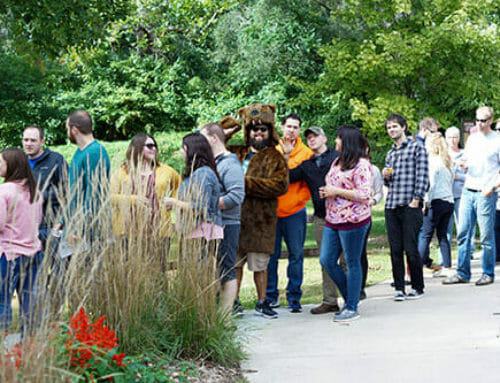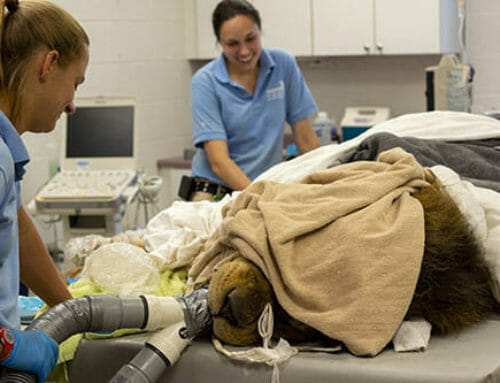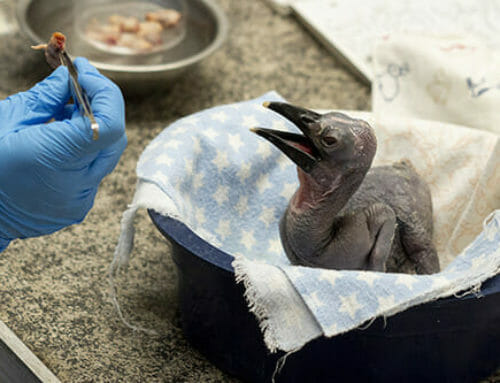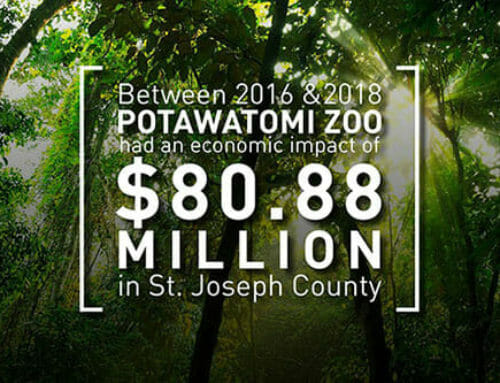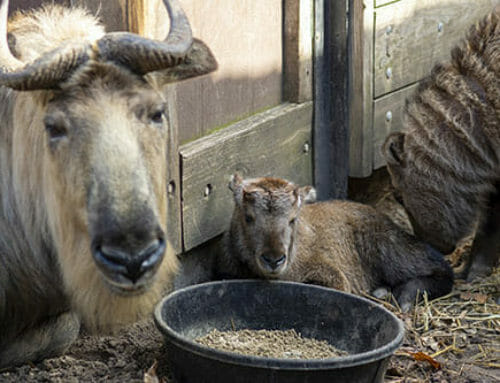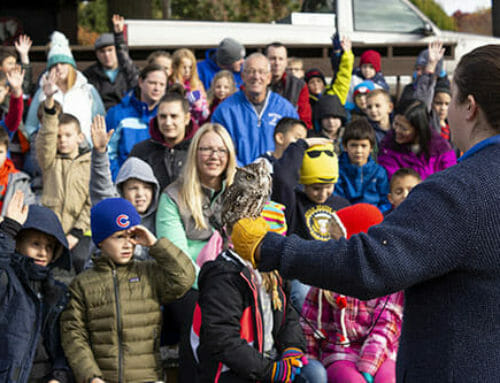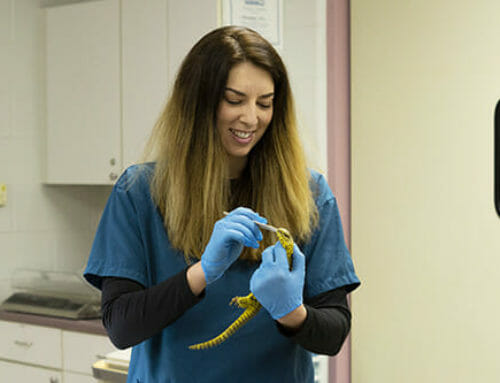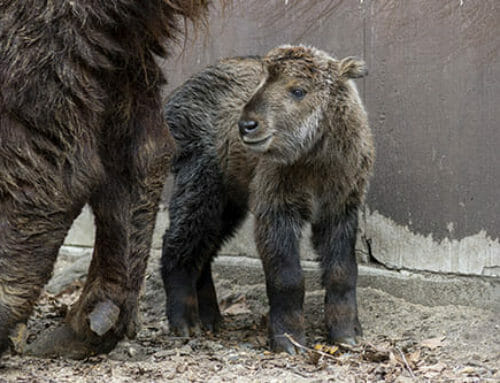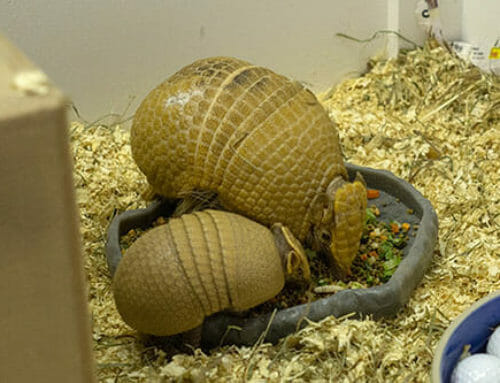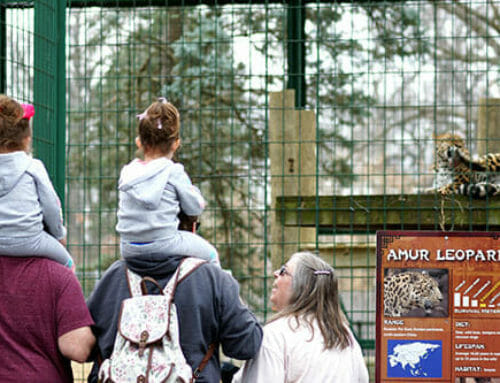The Potawatomi Zoo is proud to announce the safe arrival of its new pride of African lions: Kembe (male), Shaba (female), and Shtuko (female). Video of these beautiful lions is on our YouTube page HERE!
The lions will often be visible to the public in their indoor space. However, the pride won’t have access to their outdoor habitat until they’ve finished a 30-day quarantine, which is protocol for all animals that come into the Zoo.
While the lions are inside for quarantine, the Zoo will be completing their outdoor habitat, including new pathways and visitor fencing. There may be times the lions are secluded in the back or the exhibit is blocked off for construction.
“Lions are an iconic species here at the Potawatomi Zoo, and we’re thrilled to introduce the public to this new group,” says Josh Sisk, executive director of the Potawatomi Zoo. “It’s been three years since we started developing this lion habitat, and we’re so grateful for the community support that’s led to this moment.”
This quarantine time will also help the lions get used to the Zoo’s animal care staff as well as their new location, building, and sounds.
“Our top priority is the physical and mental welfare of our animals,” Sisk explains. “The zoo keepers will start working with the lions right away. Training and rewards will help build a close bond between the lions and keepers, which is crucial to big cat care.”
Kembe, Shaba, and Shtuko are all ten years old. They were brought to the United States from South Africa and have lived together as a pride since 2013. Kembe is a little older than Shaba and Shtuko, who are sisters. The lions have been checked by veterinary and animal care staff and seem to be healthy.
Kembe, Shaba, and Shtuko came to the Potawatomi Zoo from another facility accredited by the Association of Zoos and Aquariums (AZA) on the recommendation of the Lion Species Survival Plan (SSP) program. The group also has a breeding recommendation from the SSP.
The lions’ indoor and outdoor home is the renovated and modernized Wilma and Peter Veldman Family Lion Habitat on the east side of the Zoo. Formerly the Zoo’s chimpanzee habitat, the new lion habitat was part of the Zoo’s Big & Loud capital campaign to bring giraffes and lions to the Zoo. The lion portion of the project was fully funded in Spring 2022, and renovations on the habitat started later that year. The estimated completion date is mid-June.
About African Lions
Lions are most commonly recognized as being social cats. They live in family groups that can be more than 30 individuals in the wild. Prides are usually made of a small group of dominant males (usually brothers or cousins) and females. Male lions that aren’t part of a breeding pride will often live together in same-sex coalitions. In a pride, typically the males defend their territory and females raise cubs and hunt for prey. Both males and females will mark their territory by roaring and scent marking.
Although lions live in a wide variety of habitats across all of Africa, they are considered vulnerable to extinction by the International Union for Conservation of Nature (IUCN). The IUCN estimates that there are approximately 23,000-39,000 lions left in the wild. However, it’s difficult to be certain. Lions have low population densities, and they’re mostly active at night, which makes it difficult to count their numbers. In a few places—Botswana, Namibia, South Africa, and Zimbabwe—lion populations have grown, but scientists estimate that since 1993, the population of lions across the world has been reduced by approximately 43%. This includes African lions and Asiatic lions.
The primary threats to lions are human-lion conflict and habitat loss. Shrinking habitats also causes fewer sources of food for lions, which may cause them to come into conflict with humans raising domestic livestock. As well, lions are often illegally hunted by humans.



